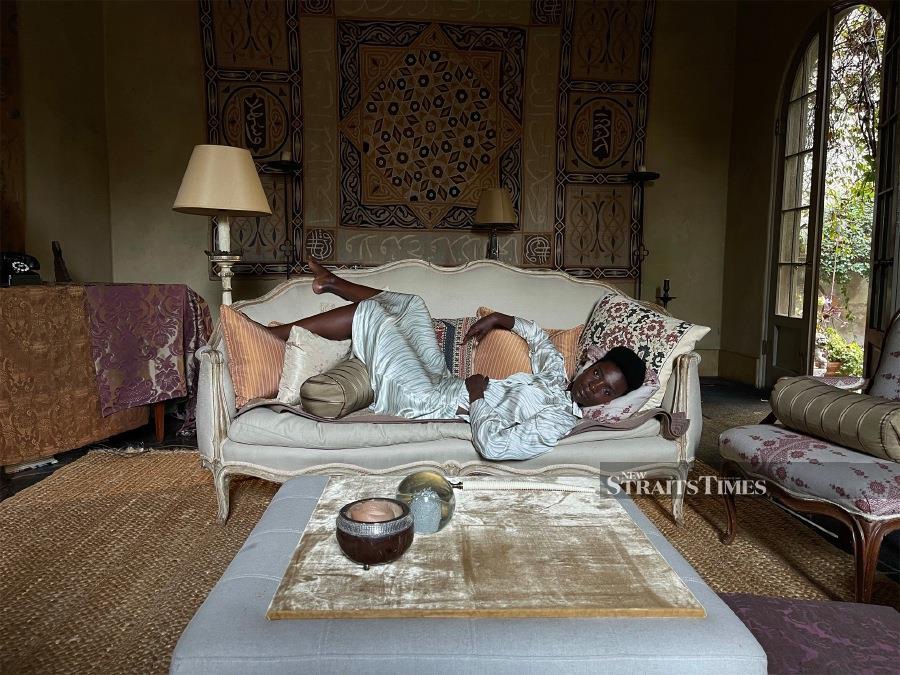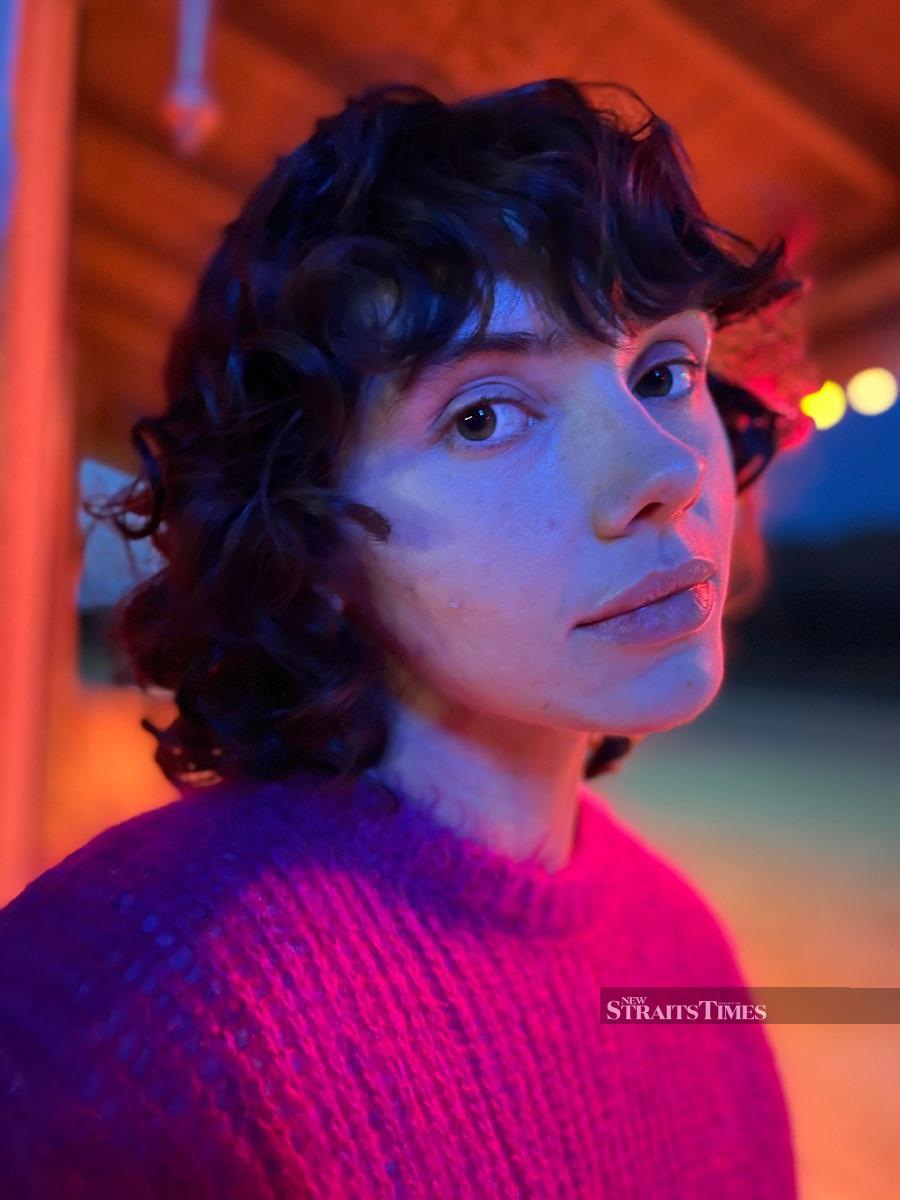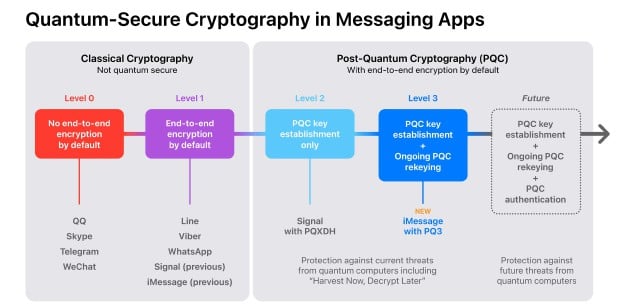COMPUTATIONAL photography has seemed to be the buzzword with yesterday's launch of iPhone 12 series.
Computational photography refers to digital image capture and processing techniques that use digital computation instead of optical processes.
While it's not a new thing, this technology has been perfected over the past couple of years, making smartphones better in the camera department, which means it's getting easier for users to produce wonderful photos without having to know much about the technical part of photography.

With the iPhone 12 series, Apple, for example, has done a lot of improvements in the image processing areas with the help of its advanced A14 Bionic chip, together with the new image signal processor (ISP).
This gives increased image quality and enables powerful computational photography capabilities not possible with traditional cameras.
Traditional cameras, however, do have certain advantages over smartphones especially when it comes to image sensor size and the choice of lenses.
But with the advancement in mobile processor technology that comes with artificial intelligence, Smart HDR, Deep Fusion and Light Detection and Ranging (LiDAR) scanner, it's not impossible that smartphones will be able to have a face off with traditional cameras.
The iPhone 12 Pro series , for example, comes with three cameras - a wide-angle one with an ƒ/1.6 aperture; and the ultra wide camera with a 120-degree field of view; and a 52 mm focal length telephoto camera with up to 5x optical zoom capability.

With these features, combined with the computational photography technology mentioned above, smartphones like the iPhone 12 have an advantage.
For example, improvements to Night mode, now expanded to the TrueDepth and Ultra Wide cameras, allow for an even brighter picture.
And Night mode Time-Lapse delivers longer exposure times for sharper videos, better light trails, and smoother exposure in low-light scenarios when used with a tripod. Deep Fusion, now better and faster, comes to all cameras, and with the new Smart HDR 3, users can expect more true-to-life images, even in complex scenes.
The LiDAR Scanner in the Pro line offers the ability to measure light distance and use pixel depth information of a scene. This technology delivers faster, more realistic augmented reality (AR) experiences and improves autofocus by 6x in low-light scenes for more accuracy and reduced capture time in photos and videos. This advanced hardware, combined with the power of the Neural Engine of A14 Bionic, also unlocks Night mode portraits, rendering a beautiful low-light bokeh effect, used to be a feature possible with expensive big aperture lenses.
Besides that, Apple will be coming out with Apple ProRAW, later this year. The technology combines Apple's multiframe image processing and computational photography with the versatility of a RAW format.
This means users can experience full creative control over colour, detail, and dynamic range natively on iPhone or with other professional photo editing apps.







